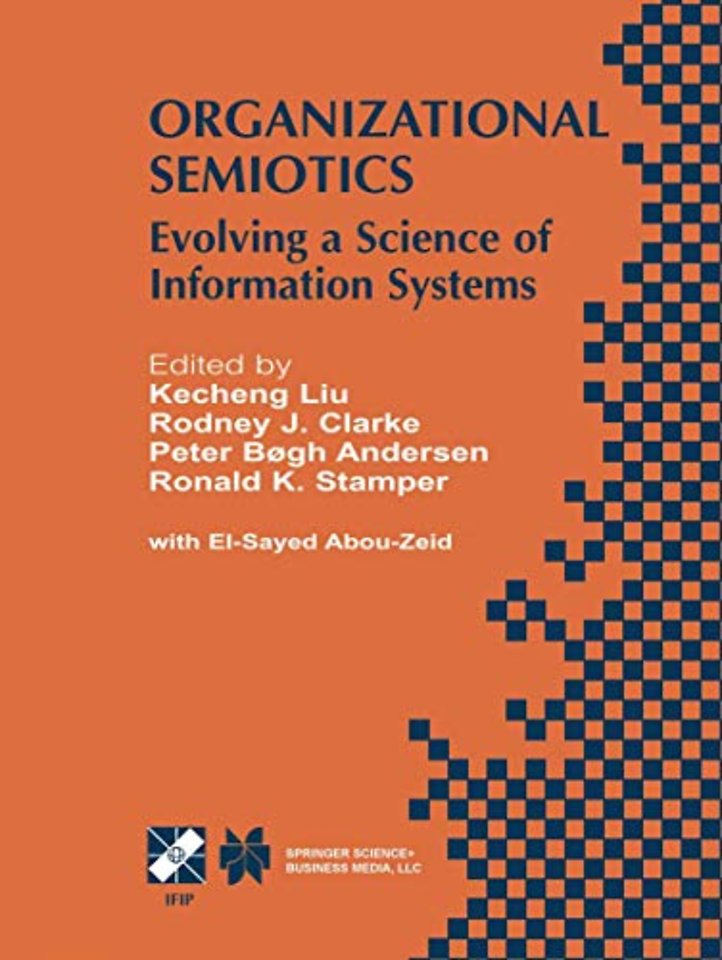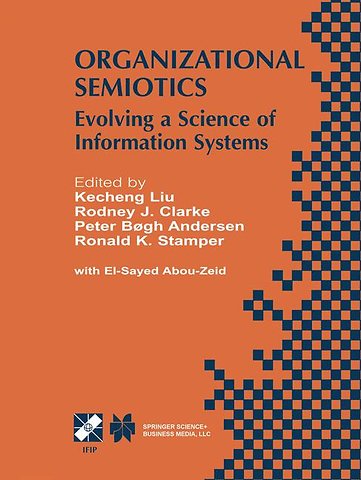Organizational Semiotics
Evolving a Science of Information Systems IFIP TC8 / WG8.1 Working Conference on Organizational Semiotics: Evolving a Science of Information Systems July 23–25, 2001, Montreal, Quebec, Canada
Gebonden Engels 2002 2002e druk 9781402071898Samenvatting
Organizational Semiotics: Evolving a Science of Information Systems covers such issues as:
-Fundamental concepts such as 'information', 'data', 'message', 'communication', 'knowledge', 'organization', 'system' and so on;
-Properties of signs vital to organizational functioning, such as their meanings, the intentions they express and the valuable social consequences they produce;
-'Architecture' of organizations when they are viewed as information systems, based on their semiotics features;
-Understanding language in organizational contexts, for example, the limitations on the language used to conduct business affairs;
-The empirical study of communications for requirements elicitation;
-Applying semiotic categories (e.g. physical, empiric, syntactic, semantic, pragmatic, social) to various problems;
-Organizational knowledge representation;
-Business process re-engineering methods and the design of e-commerce systems.
Specificaties
Lezersrecensies
Inhoudsopgave
Anderen die dit kochten, kochten ook
Rubrieken
- advisering
- algemeen management
- coaching en trainen
- communicatie en media
- economie
- financieel management
- inkoop en logistiek
- internet en social media
- it-management / ict
- juridisch
- leiderschap
- marketing
- mens en maatschappij
- non-profit
- ondernemen
- organisatiekunde
- personal finance
- personeelsmanagement
- persoonlijke effectiviteit
- projectmanagement
- psychologie
- reclame en verkoop
- strategisch management
- verandermanagement
- werk en loopbaan







